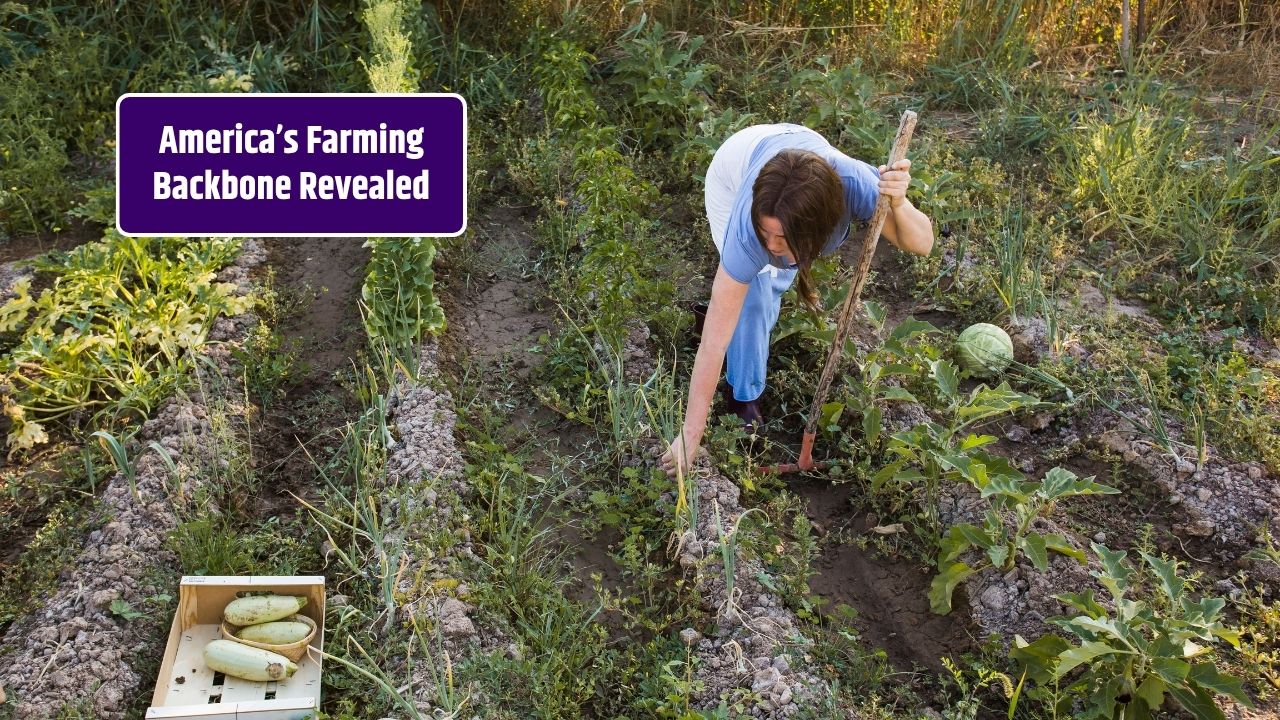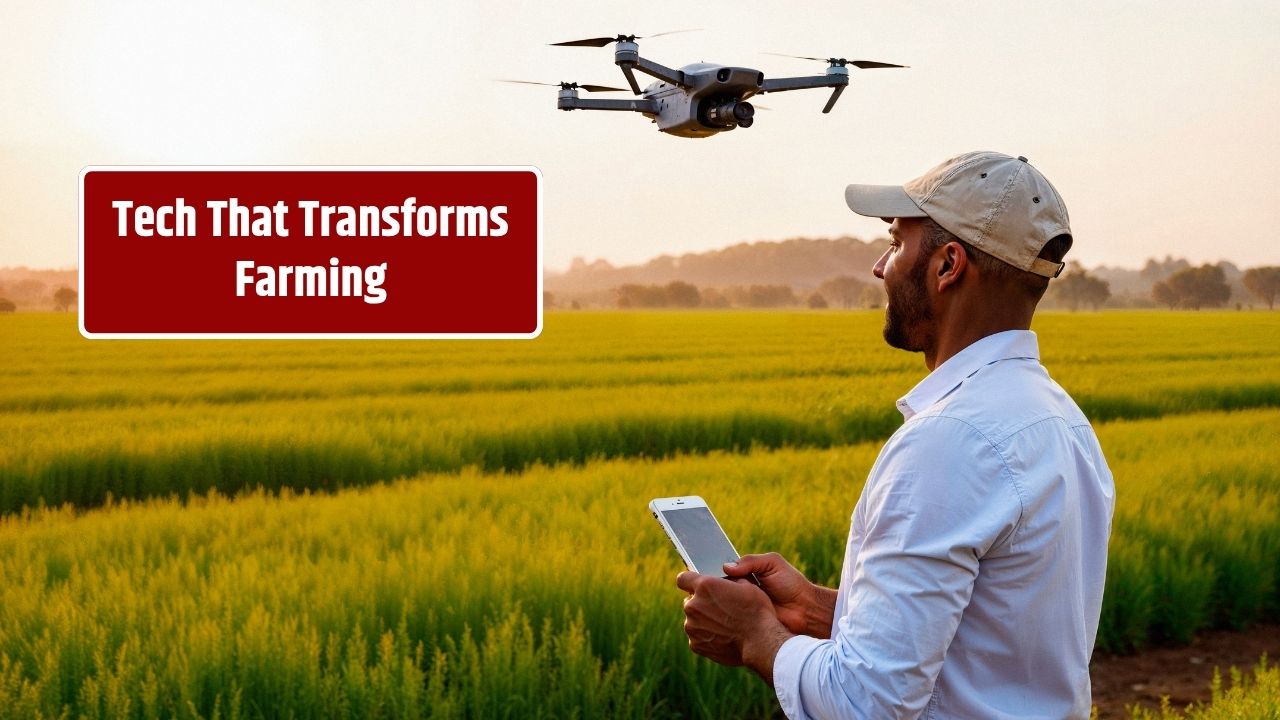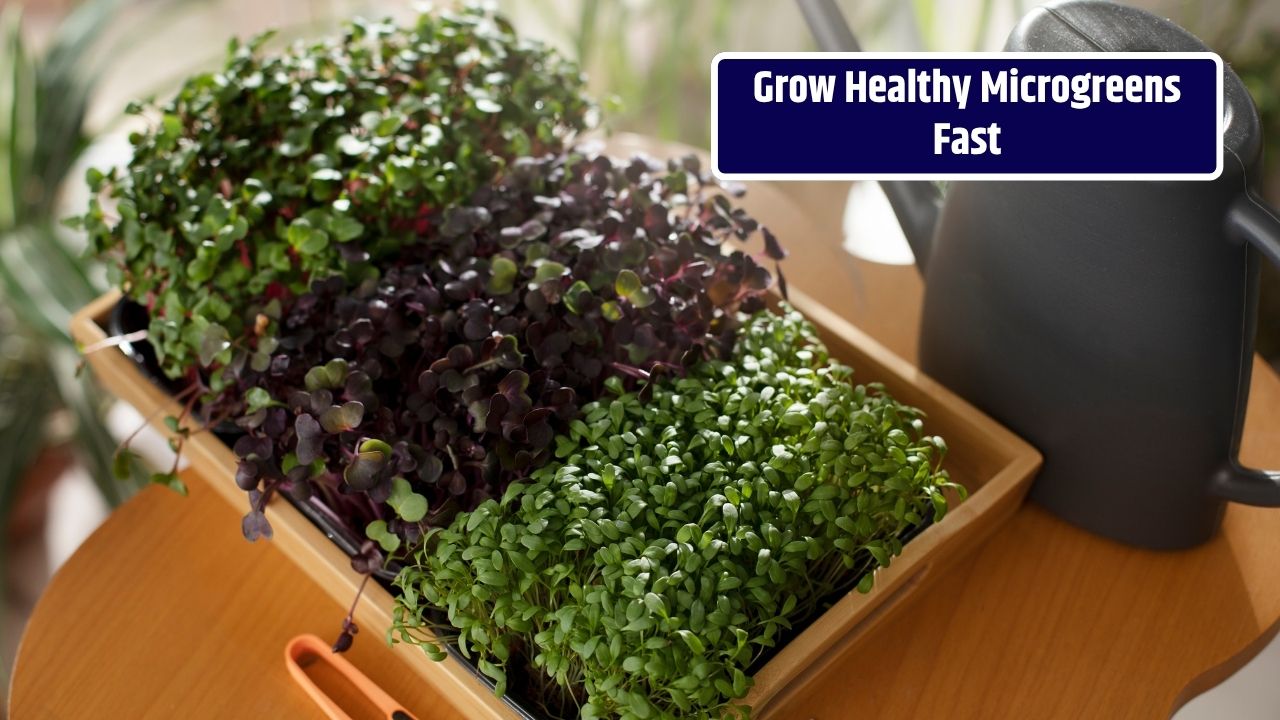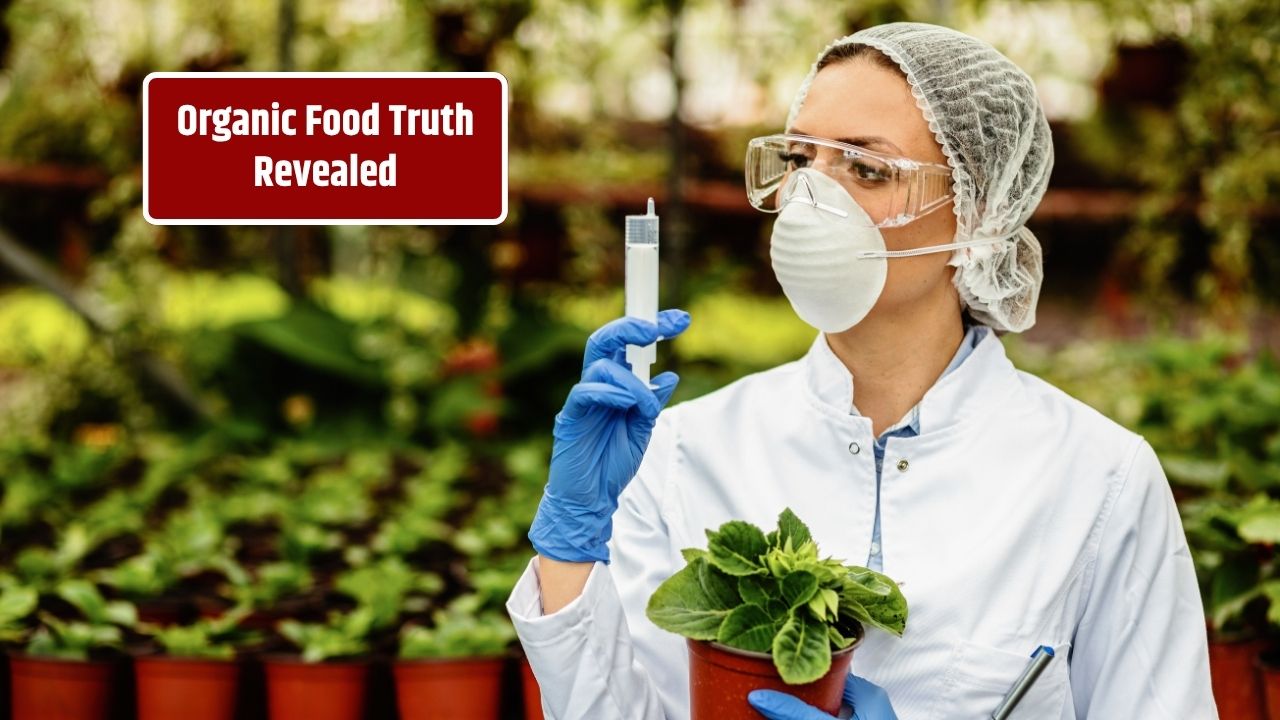In 2025, America’s food system is under more pressure than ever—from climate disruptions and supply chain shocks to rising food prices and shifting consumer demands. Amid these challenges, small farms are playing a growing role in strengthening food security across the country. Once overshadowed by industrial-scale agriculture, small and mid-sized farms are now being recognized as vital to local resilience, sustainable practices, and community nutrition.
Here’s how small farms are becoming the unsung heroes of America’s food future.
Table of Contents
What Is Food Security?
Food security means having consistent, reliable access to enough affordable, nutritious food for an active and healthy life. It’s not just about quantity—it’s about quality, accessibility, and resilience in the face of crises.
In the U.S., over 34 million people experience some level of food insecurity, a number that grew during the COVID-19 pandemic and remains elevated due to inflation and climate events.
Why Small Farms Matter
1. They Feed Local Communities
Small farms often sell through:
- Farmers’ markets
- CSAs (Community Supported Agriculture)
- Local grocers and co-ops
This shortens the supply chain, reduces transportation emissions, and keeps food dollars circulating in the local economy.
2. They Improve Access to Fresh Food
Many small farms operate in or near urban food deserts—areas with limited access to healthy, fresh food. Through partnerships with schools, food pantries, and local governments, they help bring nutrient-rich produce to underserved neighborhoods.
3. They Adapt Quickly to Disruption
Unlike large agribusinesses that rely on centralized systems, small farms are more agile. They can pivot faster during crises—like switching crops, adjusting distribution methods, or using direct-to-consumer models.
Small Farms and Sustainability
Beyond food access, small farms contribute to the long-term sustainability of America’s food system.
| Contribution | Impact |
|---|---|
| Crop diversity | Reduces dependence on monocultures |
| Regenerative practices | Builds soil health and carbon storage |
| Water conservation | More efficient irrigation, less runoff |
| Reduced chemical use | More likely to use organic or low-input methods |
These environmentally conscious practices support both ecological resilience and nutritional quality—essential for lasting food security.
Policy Support and Funding in 2025
The USDA and local governments are increasingly supporting small farms through:
- Microloans and grant programs for first-generation farmers
- Land access initiatives to help young and minority farmers start operations
- Food hub development to connect small farms with institutions like schools and hospitals
- Local procurement policies that favor small, sustainable producers
Programs like the Local Agriculture Market Program (LAMP) and Farm to School Grants are creating more stable markets for small producers.
Examples of Small Farm Impact
Urban Growers Collective (Chicago)
A network of small farms that grow fresh produce in underserved neighborhoods, offering jobs and food access.
Stone’s Throw Farm (Minnesota)
Transformed vacant city lots into productive farms feeding local families and co-ops.
Root Mass Farm (Pennsylvania)
Uses CSA subscriptions to deliver organic produce directly to consumers within a 50-mile radius.
These farms exemplify how small-scale operations can punch far above their weight when it comes to feeding people, sustainably.
Challenges Small Farms Still Face
Despite their importance, small farms still contend with:
- Land access barriers and rising farmland costs
- Climate risks like droughts, floods, and unpredictable seasons
- Labor shortages and rising input costs
- Limited insurance and safety nets
Addressing these challenges is key to building a resilient, decentralized food system that can feed Americans now and in the future.
FAQs
What defines a small farm in the U.S.?
According to the USDA, a small farm is one with gross annual revenue under $350,000.
Do small farms really make a difference?
Yes. While they produce less volume than large farms, they serve critical local and niche markets that improve food access and sustainability.
Can I support small farms even if I don’t live in a rural area?
Absolutely—look for local CSAs, farmers’ markets, or urban farm collectives in your city.




















